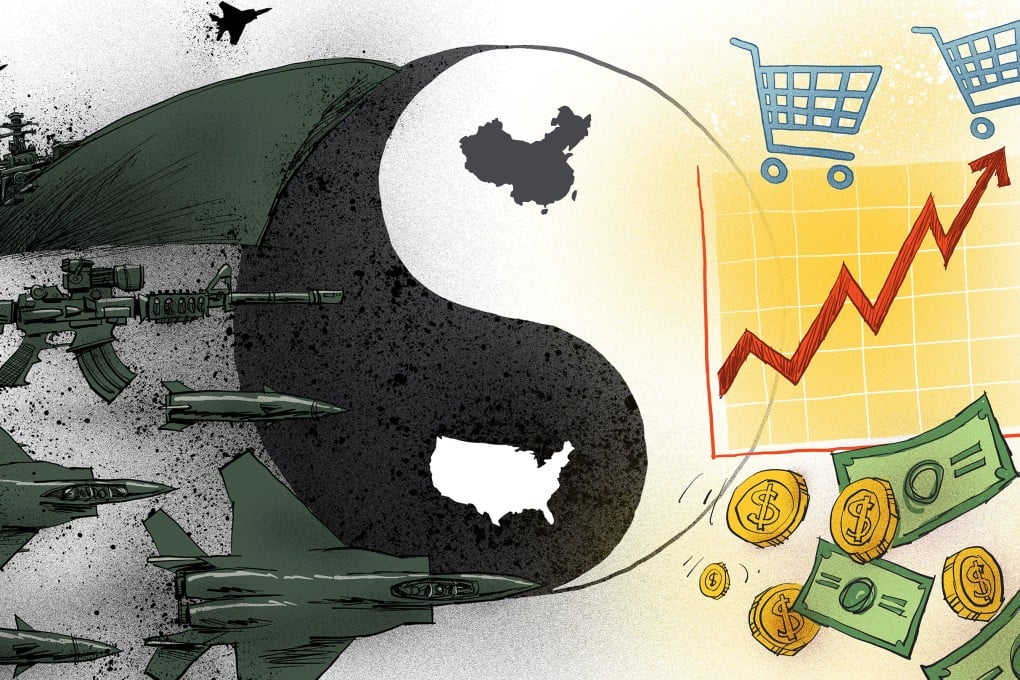Advertisement
Opinion | The two sides of Asia: China’s economic priorities vs the US’ focus on security
- China wants to be at the heart of ‘Economic Asia’ and is seeking to join trade pacts, including the CPTPP, and shape the trade architecture of the region
- The US, meanwhile, wants to uphold its centrality in ‘Security Asia’ by forging narrow alliances, and continues to fail to engage on trade
Reading Time:4 minutes
Why you can trust SCMP
9

Back in 2012, Foreign Policy published an article headlined “A Tale of Two Asias” by two US analysts. It describes two contrasting Jekyll and Hyde sides of the continent.
On the one hand, there is “Economic Asia”: a vibrant, integrated region with an economy now worth over US$30 trillion that is the most dynamic on Earth and an engine of global growth. On the other hand, there is “Security Asia” – a fractious and increasingly militarised region riven by mistrust, nationalism, historic antagonisms and territorial disputes.
It’s a crude dichotomy, but one that seems as relevant as ever.
Advertisement
Despite the pandemic, in many ways, it’s been a good few years for “Economic Asia”. The continent has become a locus of new multilateral initiatives, taking up the baton for free trade as progress stalls at the global level.
The share of intraregional trade in total Asian trade has grown to around 60 per cent, comparable to that in Europe. Last year, Asean overtook the European Union to become China’s top trading partner for the first time.
Advertisement
However, the spectre of “Security Asia” is never far away, at times threatening the economic progress that has helped to pull the region away from its troubled history. For example, Sino-Indian tensions played a part in India’s decision to drop out of the Regional Comprehensive Economic Partnership, or RCEP.
Advertisement
Select Voice
Choose your listening speed
Get through articles 2x faster
1.25x
250 WPM
Slow
Average
Fast
1.25x
